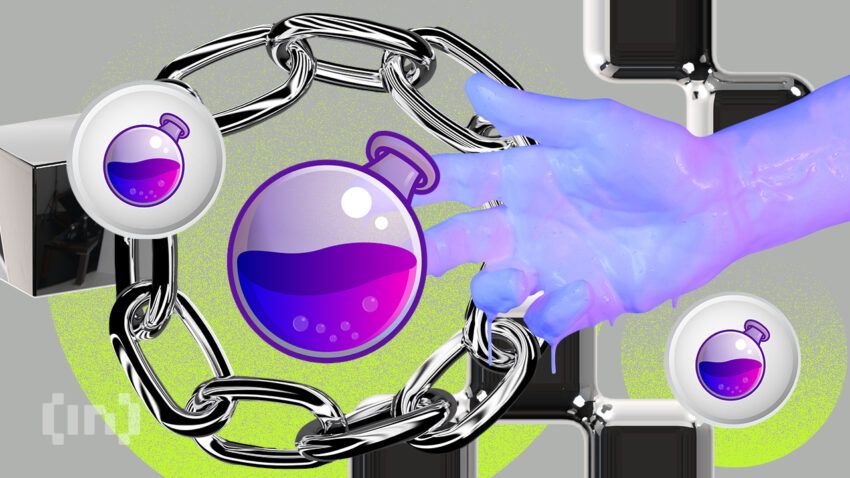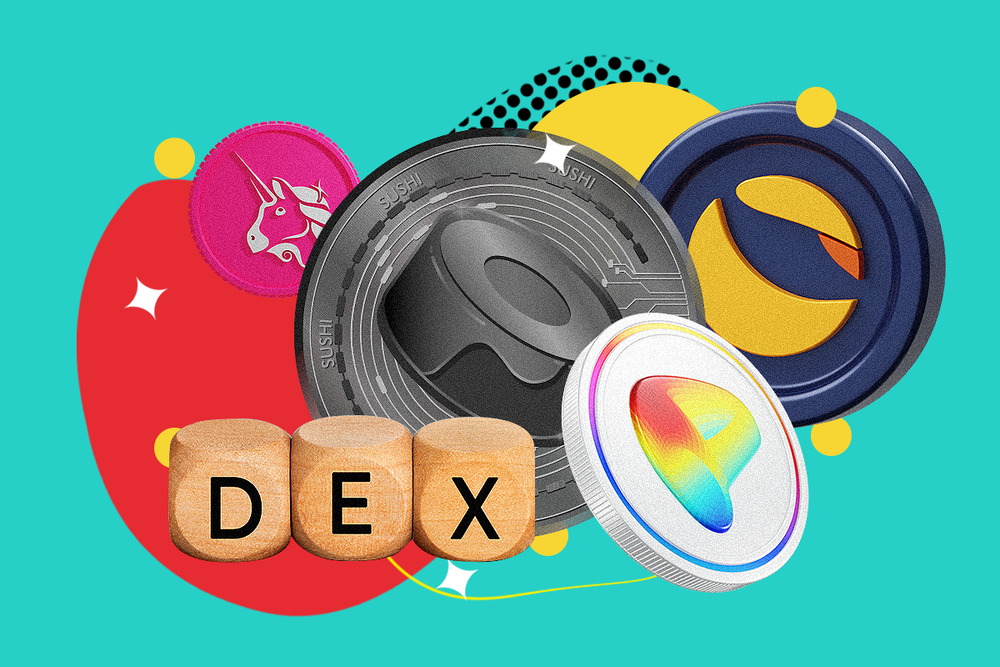Overview of Osmosis Crypto

Osmosis Crypto is a decentralized exchange (DEX) built on the Cosmos blockchain network. It aims to provide a seamless and efficient platform for trading digital assets across various Cosmos-based blockchains.
Within the Cosmos ecosystem, Osmosis Crypto plays a crucial role by facilitating inter-chain liquidity and asset swaps. It enables users to exchange tokens between different Cosmos-based blockchains, eliminating the need for centralized exchanges and reducing transaction fees.
Role in Inter-Blockchain Communication
Osmosis Crypto serves as a bridge between different Cosmos blockchains, allowing for the seamless transfer of assets across these networks. This inter-blockchain communication capability enhances the overall liquidity and utility of the Cosmos ecosystem.
Automated Market Maker (AMM) Model
Osmosis Crypto utilizes an automated market maker (AMM) model to facilitate trading. This model relies on liquidity pools, where users deposit their assets to create markets for specific token pairs. The AMM algorithm then sets the prices of the assets based on the supply and demand within each liquidity pool.
Governance and Tokenomics
Osmosis Crypto is governed by its native token, OSMO. OSMO token holders have the ability to participate in the governance of the platform through voting on proposals related to protocol upgrades, fee structures, and other key decisions.
Features and Functionality
Osmosis Crypto stands out with a comprehensive suite of features and functionalities designed to enhance the cross-chain asset transfer experience. Its innovative approach to liquidity and decentralized exchange sets it apart in the DeFi ecosystem.
At its core, Osmosis Crypto operates as an automated market maker (AMM), facilitating efficient asset swaps between various blockchains. This is achieved through a network of liquidity pools, where users can deposit their assets to earn rewards while enabling seamless cross-chain transfers.
Remember to click buy shiba inu coin to understand more comprehensive aspects of the buy shiba inu coin topic.
Cross-Chain Asset Transfers
Osmosis Crypto's cross-chain capabilities are a game-changer in the DeFi space. By leveraging the Inter-Blockchain Communication (IBC) protocol, it seamlessly connects different blockchains, allowing users to transfer assets across these networks with ease. This eliminates the need for centralized exchanges or complex bridging processes, significantly enhancing the accessibility and interoperability of crypto assets.
Liquidity Pools and AMM Model
Osmosis Crypto's liquidity pools are the backbone of its AMM model. Users can deposit their assets into these pools, which are then used to facilitate automated asset swaps. The AMM algorithm determines the exchange rates based on the supply and demand of assets within each pool. This decentralized approach ensures fair and efficient pricing, eliminating the need for traditional order books.
Check what professionals state about luno exchange and its benefits for the industry.
- High Liquidity: Osmosis Crypto's liquidity pools attract a large number of users, resulting in deep liquidity for various asset pairs. This ensures that traders can execute large orders with minimal slippage.
- Automated Pricing: The AMM algorithm automatically adjusts prices based on supply and demand, eliminating the need for manual intervention or subjective pricing.
- Earning Rewards: Users who deposit assets into liquidity pools earn rewards in the form of transaction fees and OSMO tokens, the native cryptocurrency of Osmosis Crypto.
Use Cases and Applications

Osmosis Crypto finds practical applications in various sectors, including:
Interoperability and Asset Diversification
Osmosis Crypto's cross-chain capabilities enable seamless transfer of assets between different blockchains, facilitating interoperability. This eliminates the need for intermediaries and reduces transaction costs, allowing users to diversify their portfolios by accessing a wider range of assets.
Notice arculus wallet for recommendations and other broad suggestions.
DeFi Ecosystem Expansion
Osmosis Crypto contributes to the growth of the decentralized finance (DeFi) ecosystem by providing a platform for building and deploying decentralized applications (dApps). These dApps offer a range of financial services, such as lending, borrowing, and trading, enhancing the functionality and accessibility of DeFi.
Tokenomics and Governance
Osmosis Crypto's tokenomics and governance structure are designed to incentivize participation, secure the network, and empower the community.
The native token of Osmosis, OSMO, plays a crucial role in the ecosystem, serving as a utility, governance, and staking token.
Token Distribution
The initial distribution of OSMO tokens was as follows:
- 30% to the community pool for incentives and development
- 25% to the team and advisors
- 20% to seed investors
- 15% to liquidity providers
- 10% to stakers
Incentives
OSMO is used to incentivize participation in the network. Stakers earn rewards for securing the network, while liquidity providers receive incentives for providing liquidity to the DEX.
Governance
OSMO holders have the power to participate in governance decisions through the Osmosis governance module. Proposals can be submitted by anyone, and OSMO holders can vote on proposals to determine the future of the protocol.
Comparisons with Competitors
In the burgeoning landscape of cross-chain interoperability, Osmosis Crypto stands out amidst a competitive field. Key rivals include Cosmos IBC, THORChain, and Axelar. While sharing the common goal of facilitating seamless asset transfer across different blockchains, each platform exhibits unique characteristics and value propositions.
Osmosis Crypto distinguishes itself through its user-centric design, offering a highly intuitive and accessible interface. Its automated market maker (AMM) model empowers users with the flexibility to swap assets efficiently and cost-effectively. Additionally, Osmosis's focus on community governance and participation fosters a sense of ownership and engagement among its users.
Cosmos IBC
Cosmos IBC, a native interoperability protocol within the Cosmos ecosystem, enables seamless asset transfer and communication between Cosmos-based chains. Its strengths lie in its robust security, scalability, and compatibility with a wide range of Cosmos-based projects.
THORChain
THORChain is a decentralized liquidity network that allows users to swap assets directly between different blockchains without the need for intermediaries. Its unique feature is its use of synthetic assets, which facilitates cross-chain swaps even for assets that do not have a native presence on the THORChain network.
Axelar
Axelar is a cross-chain communication protocol that enables smart contracts on different blockchains to interact seamlessly. Its focus is on providing secure and reliable cross-chain communication, allowing developers to build applications that leverage the strengths of multiple blockchains.
While Osmosis Crypto offers a user-friendly interface and robust AMM, its focus on the Cosmos ecosystem may limit its interoperability with other blockchains. Cosmos IBC, on the other hand, provides broad compatibility within the Cosmos ecosystem but may have limitations when interacting with non-Cosmos chains.
THORChain's synthetic asset approach allows for cross-chain swaps of a wider range of assets, but its liquidity may be limited compared to Osmosis's AMM model. Axelar's focus on cross-chain communication provides a solid foundation for building multi-chain applications, but its interoperability may not be as seamless as Osmosis's for asset swaps.
Overall, Osmosis Crypto's strengths lie in its user-friendliness, AMM model, and community governance. Its areas for improvement include expanding interoperability beyond the Cosmos ecosystem and enhancing liquidity for a wider range of assets.
Future Developments and Roadmap: Osmosis Crypto

Osmosis Crypto's future roadmap is ambitious, with plans to expand its capabilities and cement its position as a leading decentralized exchange (DEX) in the Cosmos ecosystem. The team is committed to continuous development and innovation, with several exciting upgrades and new features in the pipeline.
Upcoming Upgrades
- Interchain Accounts: Osmosis will integrate with Interchain Accounts, enabling users to access their assets and participate in governance across multiple chains seamlessly.
- Advanced Order Types: New order types, such as limit orders and stop-loss orders, will provide traders with more sophisticated tools to manage their positions.
- Cross-Chain Swaps: Osmosis will introduce cross-chain swaps, allowing users to trade assets between different blockchains directly on the DEX.
New Features
- Decentralized Autonomous Organization (DAO): Osmosis will establish a DAO to empower the community to participate in decision-making and governance.
- Liquidity Mining: Osmosis will introduce liquidity mining programs to incentivize users to provide liquidity to the DEX.
- NFT Marketplace: Osmosis plans to launch an NFT marketplace, enabling users to buy, sell, and trade non-fungible tokens (NFTs).
Partnerships, Osmosis crypto
Osmosis is actively seeking partnerships with other projects and protocols in the Cosmos ecosystem. These partnerships will help expand Osmosis's reach, enhance its functionality, and drive adoption.
Potential Impact
The upcoming developments and roadmap for Osmosis Crypto have the potential to significantly enhance the platform's growth and adoption. By introducing new features, upgrades, and partnerships, Osmosis aims to become a comprehensive and user-friendly DEX that caters to the needs of the growing Cosmos community.
